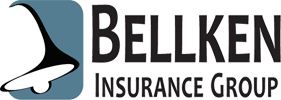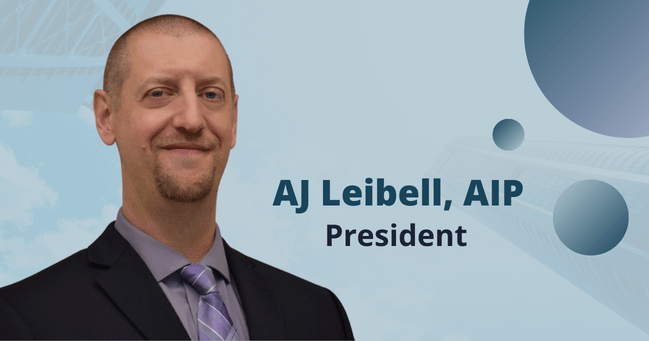Florida Construction Company Insurance
8:30am - 5:00pm Mon-Fri
Will Reply in 15min*
Top Recommended Business Insurance Policies

Index
Contact Us
Phone
Location
Florida’s booming construction industry is a vital part of the state’s economy, but it also faces unique challenges—especially when it comes to insurance. From rising costs to shifting market dynamics, construction companies in Florida must navigate a complex insurance landscape to protect their projects, employees, and bottom line. This comprehensive guide explores everything you need to know about construction company insurance in Florida, including recent developments, cost factors, and expert insights to help you make informed decisions.
Understanding the current environment is crucial, especially as Florida’s insurance market evolves. For instance, the state’s
defense and cost-containment expense (DCCE) ratio dropped significantly in 2024, signaling a reduction in litigation-related expenses that historically have driven up insurance premiums. This shift could have important implications for construction companies seeking coverage.
The Current State of Florida’s Construction Insurance Market
Florida’s insurance market has been under pressure for years due to frequent natural disasters, rising litigation, and increasing construction costs. However, recent data points to some positive changes. The approval of eight new property insurers in 2024 indicates a growing willingness among companies to enter the Florida market, which may help improve competition and availability of insurance products for construction firms.
Despite this encouraging development, Florida remains a challenging environment for insurers. According to Jack Cowie IV, a senior insurance executive, many companies view Florida as a high-cost market, sometimes to the point where "Florida doesn’t exist" on their risk maps. This perception drives higher premiums and more stringent underwriting standards for construction companies operating in the state.
Impact of Litigation and Cost Containment
One of the biggest drivers of insurance costs in Florida has been litigation related to property claims. The state's historically high DCCE ratio—measuring defense and cost-containment expenses—reached 8.4 in 2022 but fell sharply to 3.1 in 2024, according to both the Insurance Information Institute and S&P Global. This decline suggests that insurers are managing claims more efficiently, which could eventually translate to more stable insurance rates for construction companies.
However, the legal environment remains a concern. Nearly 13% of Florida homeowners whose claims were denied took legal action in 2024, up slightly from 12.4% in 2022, highlighting ongoing tensions between policyholders and insurers. Construction firms should be aware that litigation risks still influence insurance pricing and coverage terms. Additionally, the rise in litigation has prompted some insurers to implement more rigorous claims review processes, which can lead to delays in claim settlements and increased frustration for contractors who rely on timely payments to maintain cash flow.
Moreover, the evolving regulatory landscape in Florida is also impacting the construction insurance market. Recent legislative efforts aimed at reforming the claims process and reducing frivolous lawsuits may provide some relief to insurers and, by extension, construction companies. Initiatives such as the proposed caps on attorney fees in property insurance disputes could help mitigate the costs associated with litigation, potentially leading to lower premiums in the long run. As these reforms take shape, construction firms will need to stay informed and adapt their risk management strategies accordingly to navigate the changing insurance landscape effectively.
Why Construction Insurance Costs Are Rising
Insurance premiums for construction companies in Florida have been on the rise, driven by multiple factors beyond litigation. One of the most significant is the escalating cost of building materials and labor. A report from Karen Clark & Company highlights that since 2020, home building costs have surged by 45%—three times the rate of overall inflation. This steep increase impacts the replacement cost values that insurers use to calculate premiums.
Higher construction costs mean that insurance companies face greater potential payouts in the event of a claim, leading them to adjust their pricing accordingly. Lusant Ordoñez, CEO of Zendoro Homes, remarked on this trend, stating, "For the first time in the history of our company... we actually had to allocate funds for price increases that we’ve never had." This sentiment reflects the broader challenges construction firms face in budgeting for insurance expenses. As these costs continue to rise, many companies are forced to reevaluate their operational strategies and financial forecasts, often leading to difficult decisions regarding project timelines and resource allocation.
Natural Disasters and Economic Losses
Florida’s vulnerability to hurricanes and other natural disasters also plays a critical role in construction insurance costs. In 2024, global economic losses from natural disasters reached $380 billion, underscoring the financial risks insurers must account for when underwriting policies. While this figure is global, Florida’s exposure to hurricanes and flooding makes it a hotspot for disaster-related claims. The frequency and severity of these events have led to a more cautious approach from insurers, who are now scrutinizing the risk profiles of construction projects more closely than ever before.
Construction companies must ensure their insurance policies adequately cover such risks, including
wind damage and flood-related losses. Investing in resilient building practices can mitigate some risks, but insurance remains a key safeguard against catastrophic financial impacts. Additionally, as climate change continues to exacerbate weather patterns, construction firms are increasingly looking into innovative building materials and techniques that enhance durability. For instance, some are adopting elevated structures and flood-resistant designs, which not only help in reducing insurance premiums but also contribute to long-term sustainability goals. This proactive approach not only protects investments but also aligns with the growing demand for environmentally responsible construction practices.
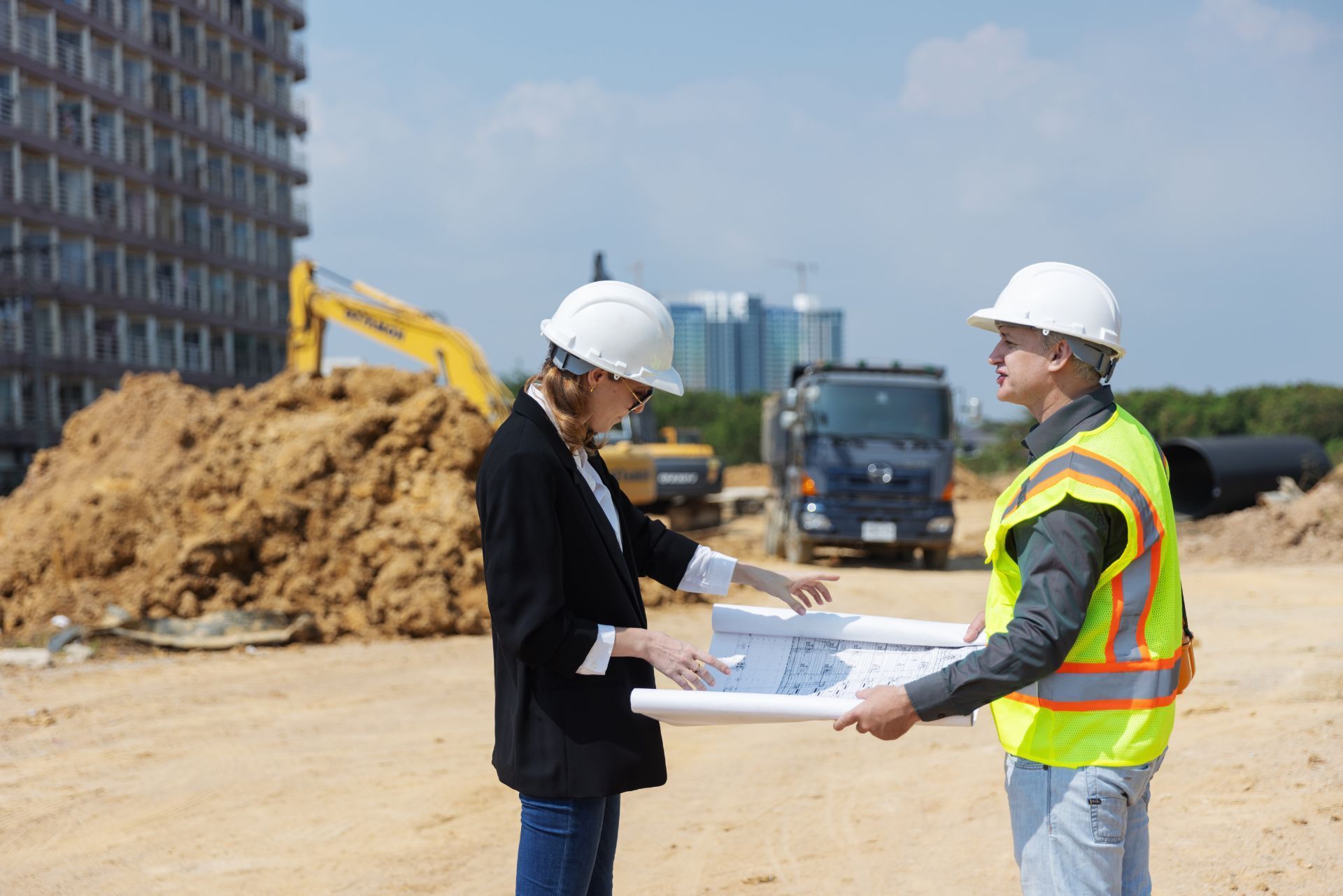
Types of Insurance Essential for Florida Construction Companies
Construction companies in Florida require a range of insurance coverages to protect against the diverse risks they face. Understanding these types of insurance is essential for selecting the right policies and coverage limits.
General Liability Insurance
This coverage protects construction firms from third-party claims related to bodily injury, property damage, and personal injury occurring on the job site. Given the litigious environment in Florida, having robust general liability insurance is critical to shield your business from costly lawsuits. Additionally, this insurance can cover legal fees and settlements, which can be financially devastating for a construction company if not adequately insured. It’s also important to note that many clients and contracts will require proof of general liability insurance before work can commence, making it not just a safety net but a prerequisite for doing business.
Workers’ Compensation Insurance
Florida law mandates that employers provide workers’ compensation insurance to cover medical expenses and lost wages for employees injured on the job. Construction is a high-risk industry, making this coverage vital for compliance and employee protection. Beyond legal requirements, offering workers’ compensation can enhance employee morale and loyalty, as workers feel secure knowing they are protected in case of an accident. Moreover, having this insurance can help construction companies avoid potential fines and penalties associated with non-compliance, which can further strain financial resources.
Builder’s Risk Insurance
This policy covers buildings under construction against damage from fire, theft, vandalism, and certain natural disasters. With rising construction costs, builder’s risk insurance helps protect the significant investments made during the building phase. It’s particularly relevant in Florida, where hurricanes and tropical storms can pose a significant threat to ongoing projects. This type of insurance can also extend to materials and supplies stored on-site, ensuring that losses incurred from unforeseen events do not derail a project’s timeline or budget. Understanding the specific terms and conditions of builder’s risk insurance is crucial, as coverage can vary widely between providers.
Commercial Auto Insurance
Many construction companies use vehicles to transport equipment and materials. Commercial auto insurance covers liability and physical damage related to these vehicles, which is essential given the frequent use of trucks and heavy machinery. This insurance not only protects against accidents but also covers damages caused by uninsured or underinsured motorists. Additionally, it can provide coverage for rental vehicles, which is beneficial when a company needs to temporarily replace a damaged vehicle. Construction companies should also consider the importance of maintaining a clean driving record among their employees, as this can lead to lower premiums and better coverage options in the long run.
Choosing the Right Insurance Provider in Florida
With the Florida insurance market in flux, selecting the right insurer requires careful consideration. The entry of new property insurers in 2024 offers more options, but it’s important to evaluate each company’s financial stability, claims handling reputation, and experience with construction risks. In addition to these factors, researching customer reviews and industry ratings can provide valuable insights into how well an insurer performs in real-world scenarios. Understanding the nuances of each provider’s policy offerings, such as coverage limits and exclusions, can also play a crucial role in making an informed decision.
Working with an insurance broker who understands the Florida construction market can help businesses navigate policy options and negotiate favorable terms. Brokers can also assist in identifying discounts and risk management strategies that may reduce premiums. They often have access to multiple insurers and can tailor coverage to fit specific business needs, ensuring that companies are not overpaying for unnecessary coverage. Furthermore, a knowledgeable broker can keep clients informed about changes in the market and emerging risks, which is essential for maintaining adequate protection.
Considerations for Risk Management
Implementing strong safety protocols and investing in resilient construction materials can help lower insurance costs over time. Insurers often reward companies that demonstrate proactive risk management with better rates and coverage options. For instance, adopting advanced safety training programs for employees and utilizing technology like drones for site inspections can significantly enhance safety measures. Additionally, staying updated on local building codes and regulations can prevent costly compliance issues that might arise during construction projects.
Given the increasing legal actions by policyholders, maintaining thorough documentation and clear communication with insurers is also essential to avoid disputes and delays in claims processing. This includes keeping detailed records of all communications, contracts, and incident reports. Establishing a clear chain of command for reporting and addressing issues can streamline the claims process and ensure that all parties are on the same page. Furthermore, engaging in regular reviews of insurance policies can help businesses adapt to changing circumstances and ensure that their coverage remains relevant and effective in protecting against potential risks.
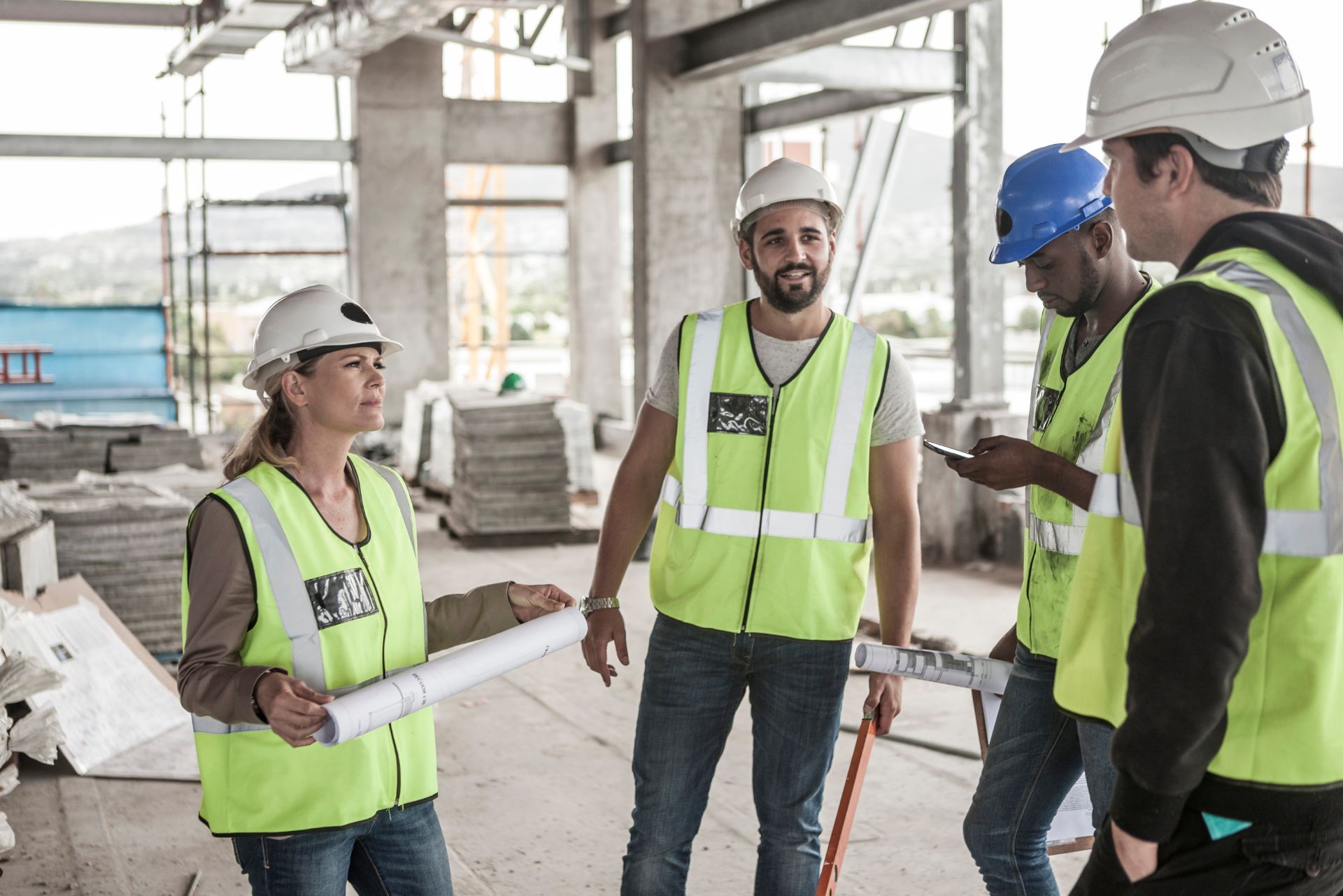
Looking Ahead: What Florida Construction Companies Should Expect
The insurance landscape for Florida construction companies is gradually improving but remains complex. The reduction in litigation-related costs, as evidenced by the drop in the DCCE ratio, is a promising sign that insurance expenses may stabilize in the near future.
Moreover, the approval of new insurers entering the market could foster greater competition and innovation in insurance products tailored to the unique needs of Florida’s construction sector. However, rising construction costs and ongoing natural disaster risks will continue to influence pricing and coverage.
Staying informed about market trends and working closely with knowledgeable insurance professionals will be key for construction companies aiming to secure the best possible insurance protection while managing costs effectively.
As construction companies navigate these changes, they should also consider the impact of emerging technologies on their operations and insurance needs. Innovations such as Building Information Modeling (BIM) and drone technology are not only enhancing project efficiency but also providing valuable data that can influence risk assessment and insurance underwriting. By leveraging these technologies, construction firms can better predict potential hazards and streamline their operations, potentially leading to lower insurance premiums over time.
Additionally, the growing emphasis on sustainability and green building practices is reshaping the construction landscape in Florida. Companies that adopt eco-friendly materials and energy-efficient designs may find themselves eligible for specialized insurance products that reward sustainable practices. This shift not only aligns with consumer preferences but also positions firms to take advantage of potential cost savings in both construction and insurance, making it a win-win for the industry.
For more detailed insights on Florida’s insurance market dynamics, the Insurance Information Institute’s report on new insurers entering Florida provides valuable context on recent developments.
